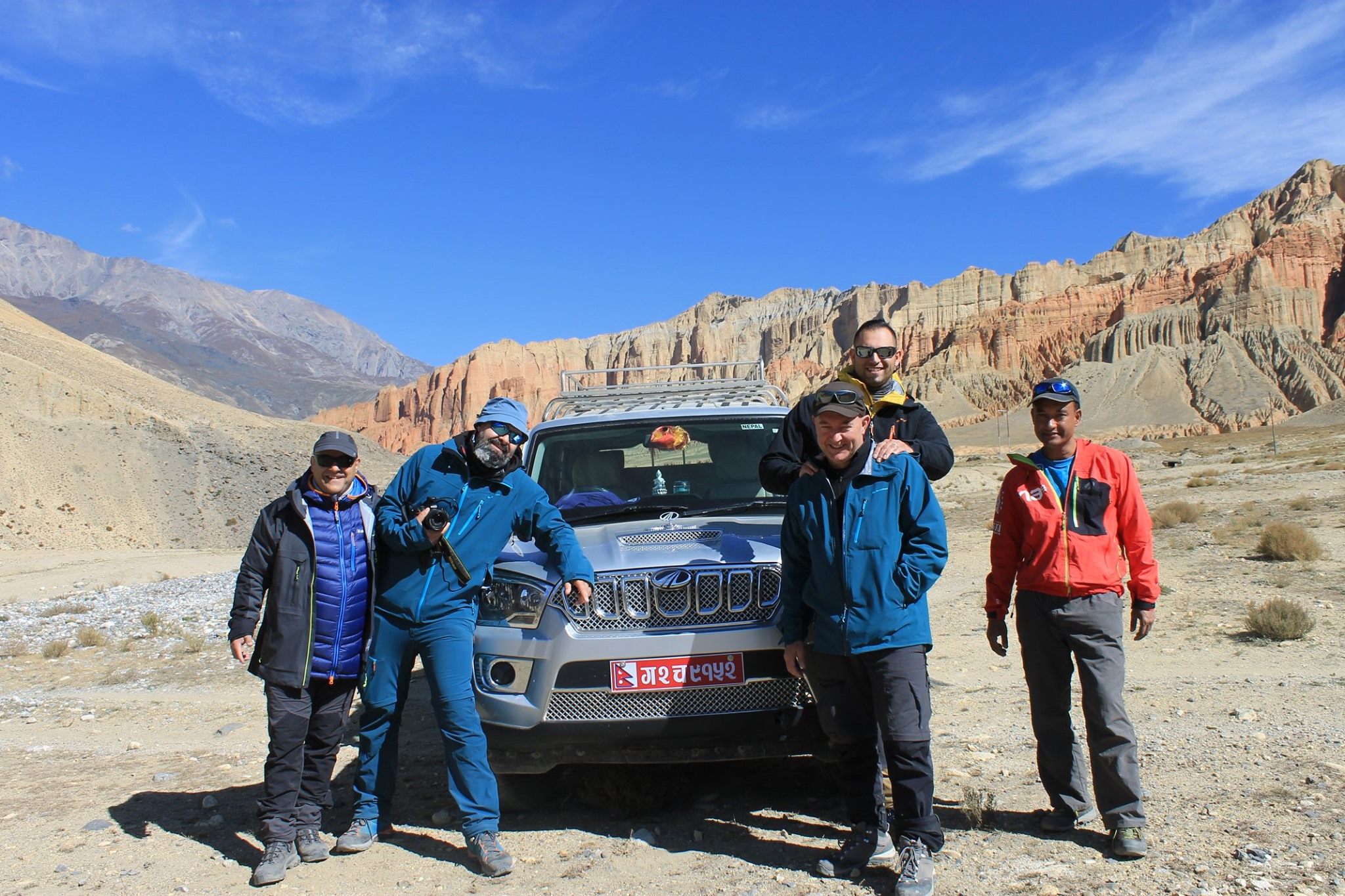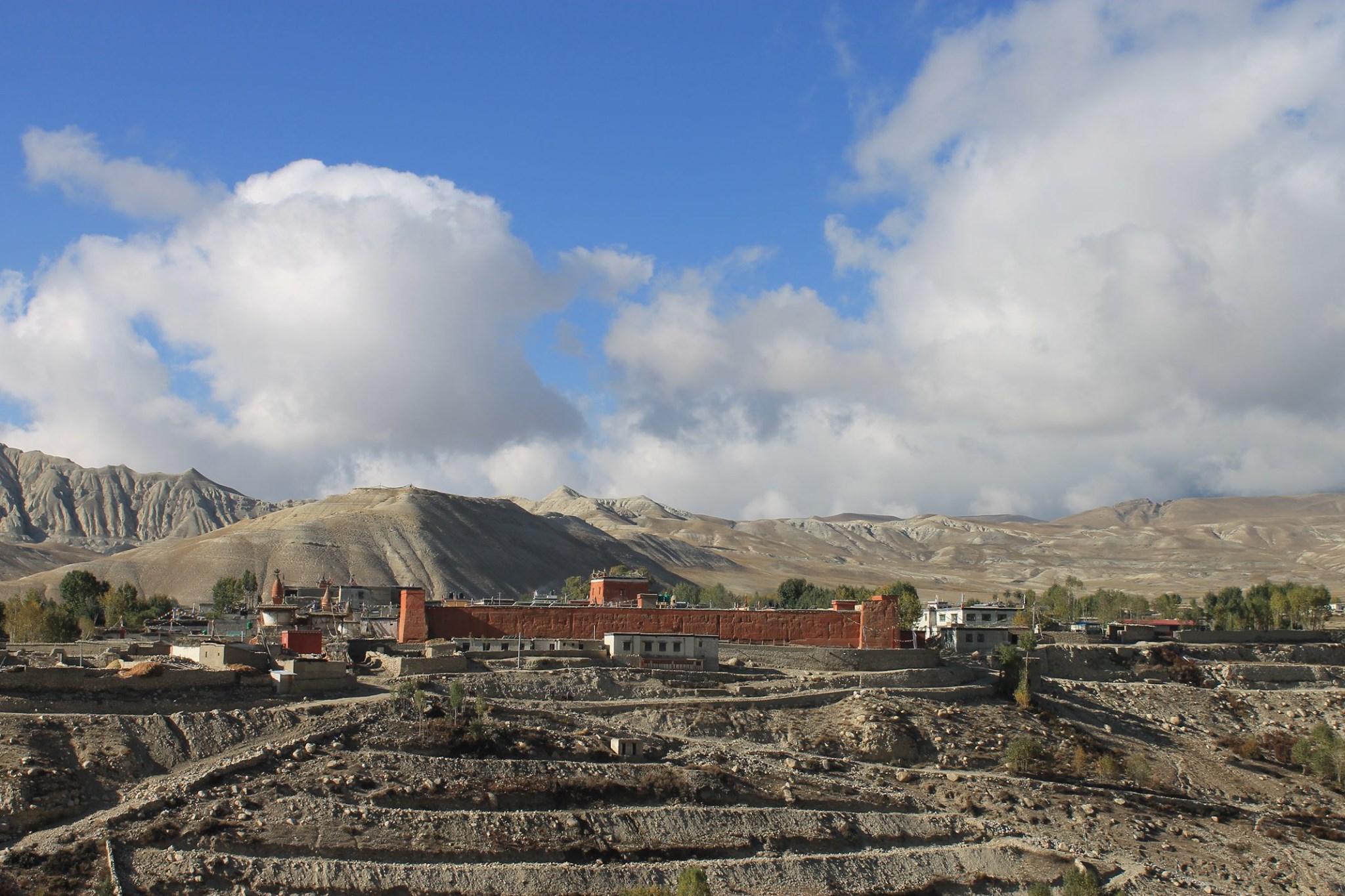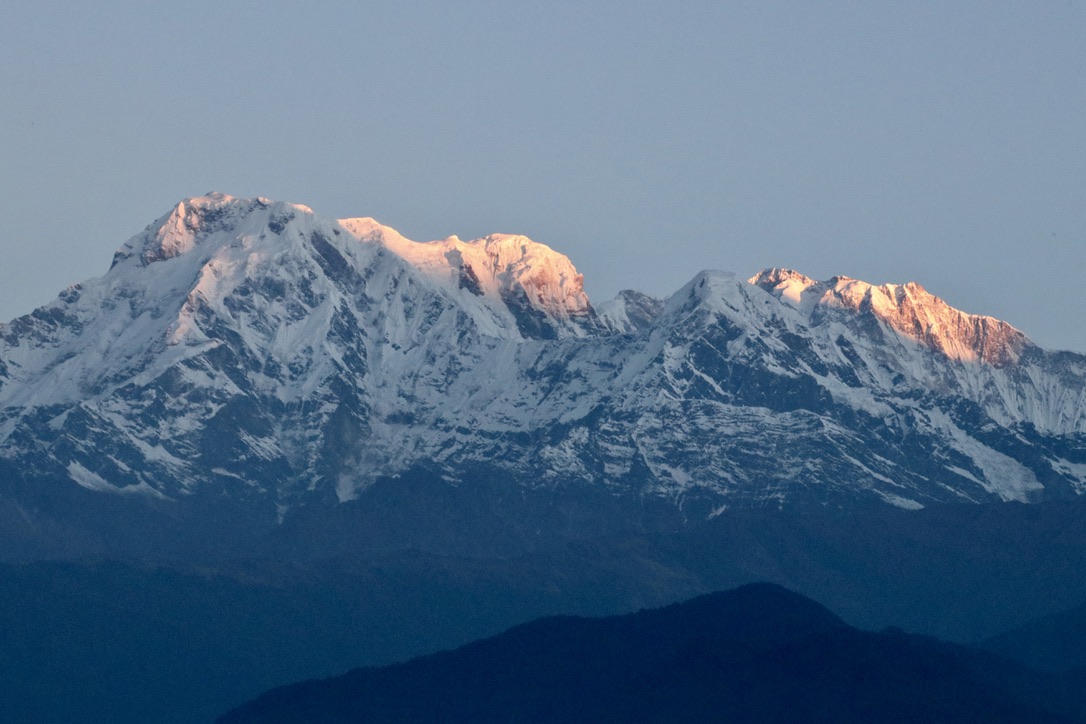Salleri to Everest base camp Trek
Salleri to Everest base camp trekking is known as a cultural trek on the roof of the world, it is one of the best cultural trekking in Nepal. The trip starts from Kathmandu all the way driving to Salleri. During this trek, you will get a golden chance to explore amazing landscapes, strange geographical structures, very friendly indigenous people, and their mixed vast cultural way of life belonging to their religious...



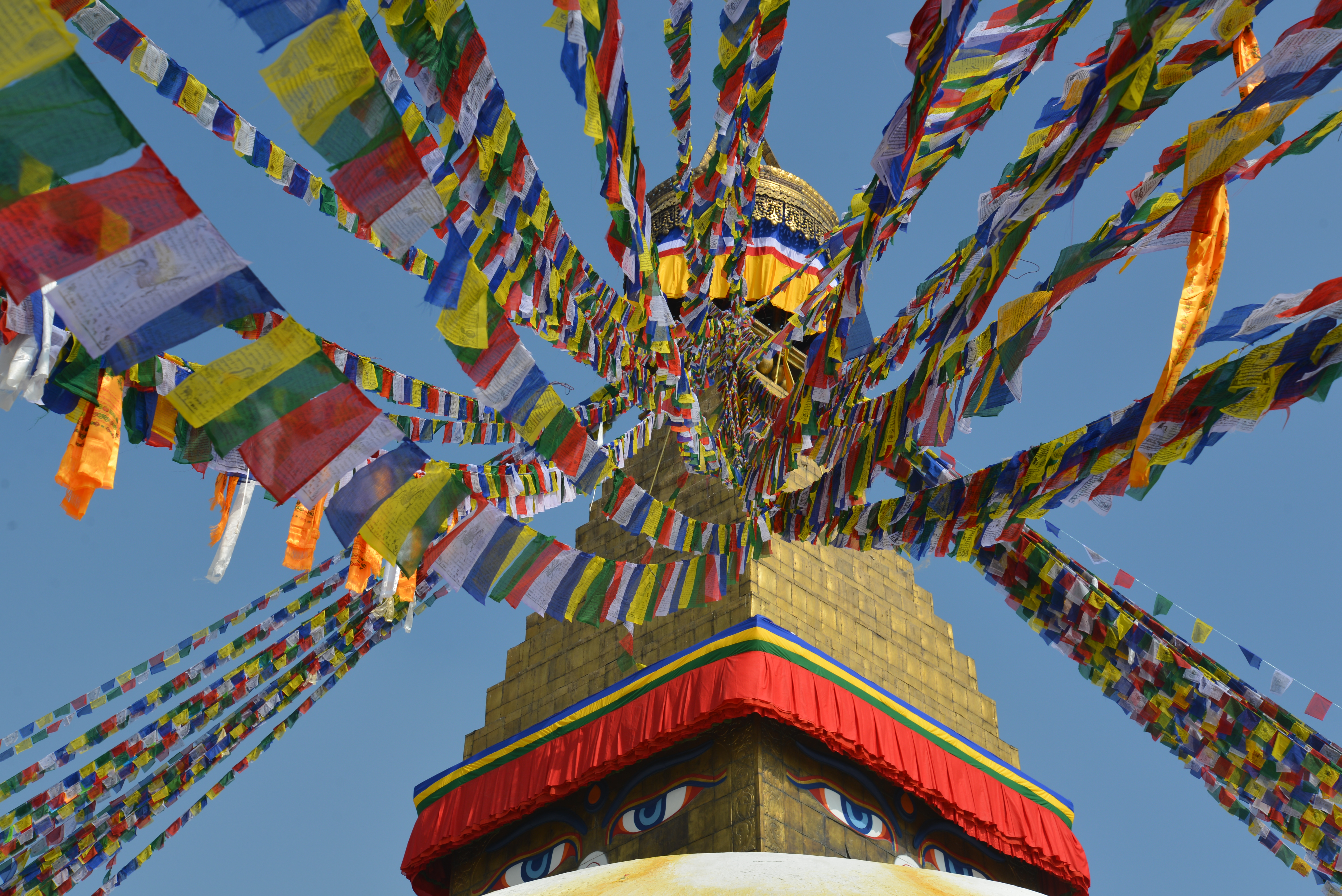

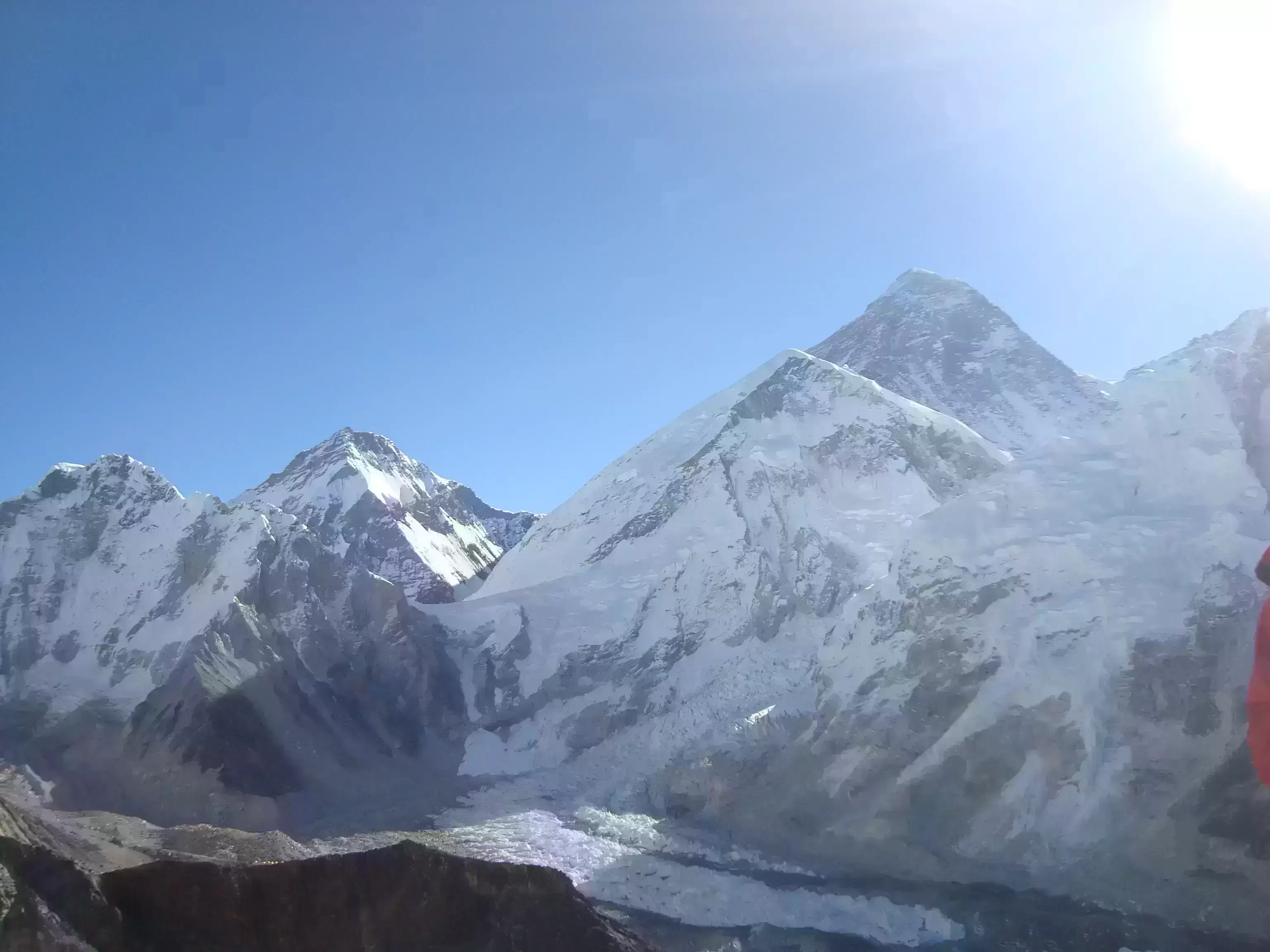

.jpg)
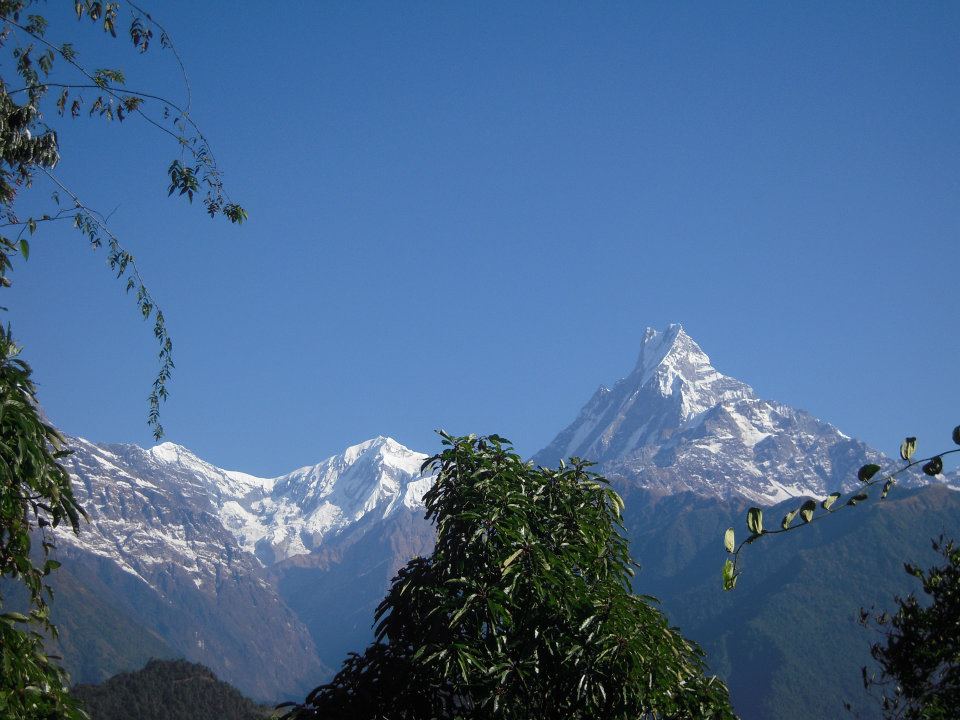
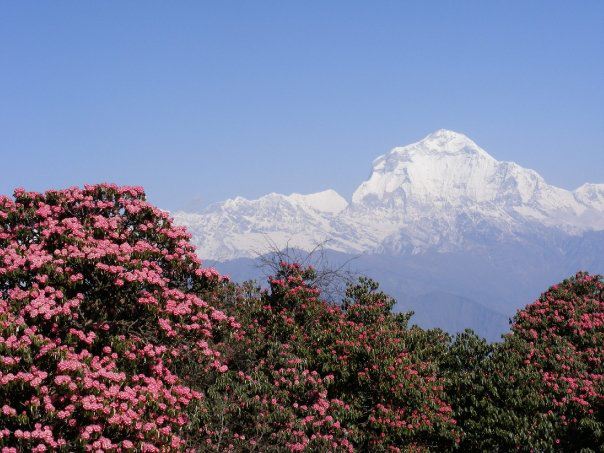
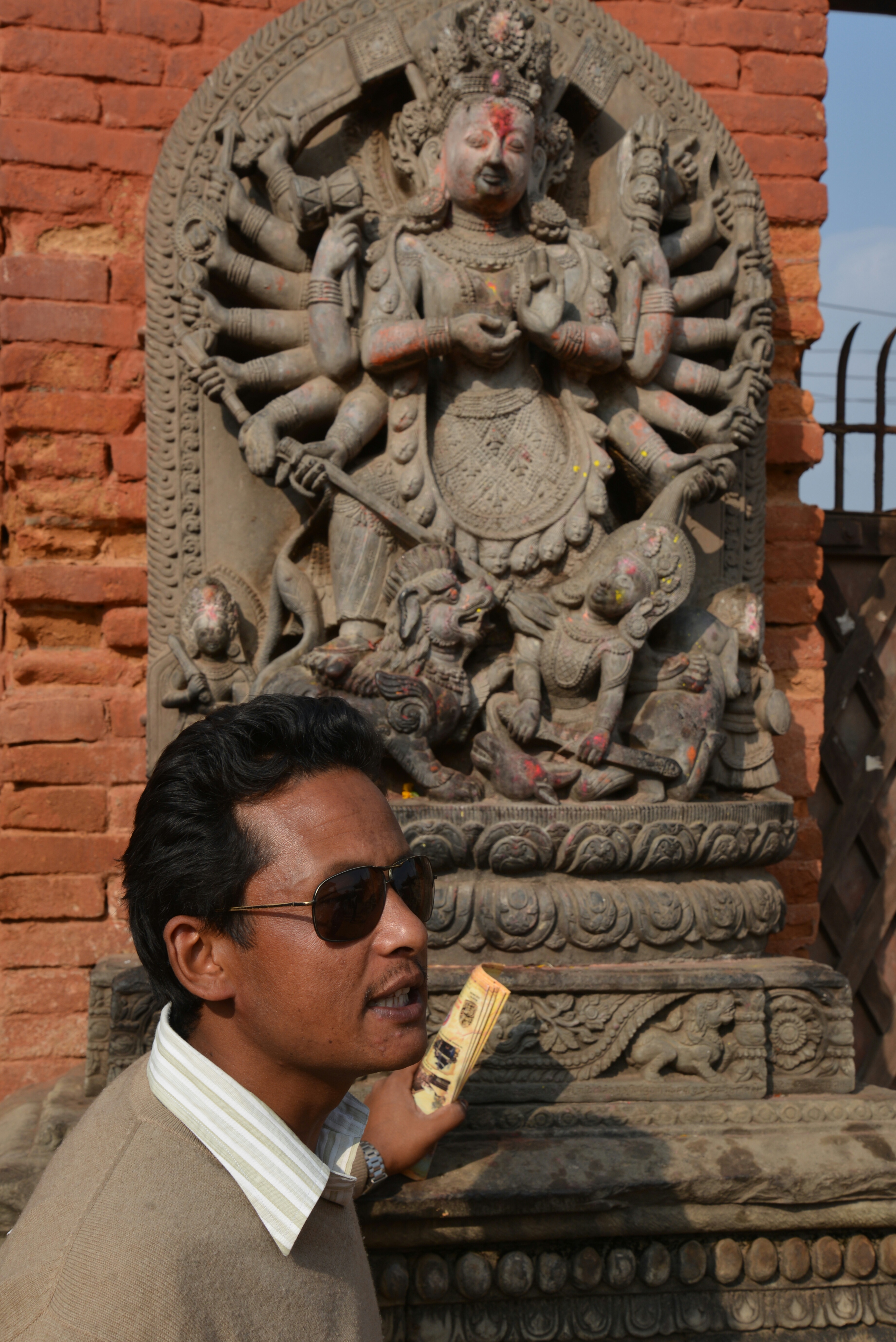
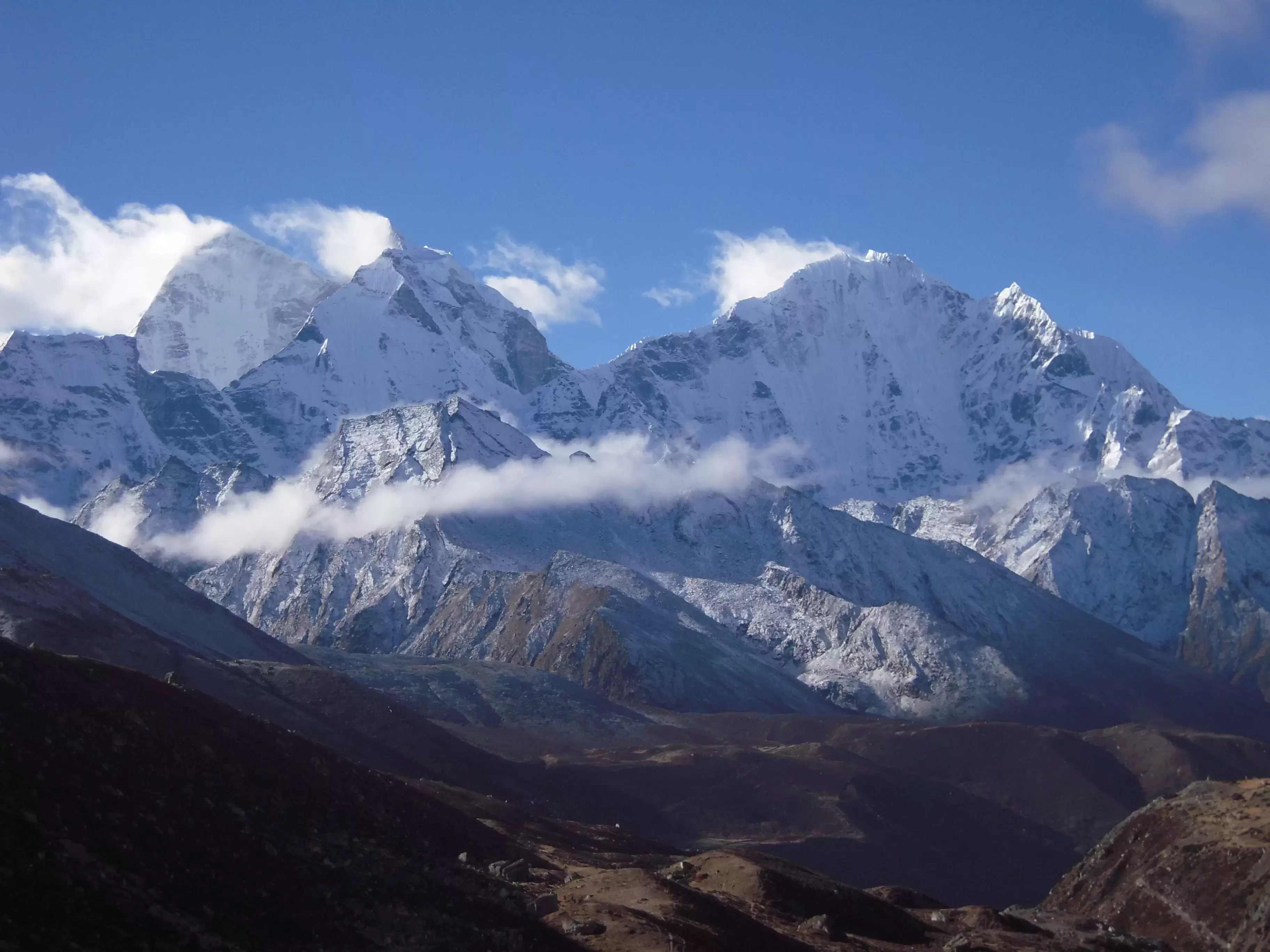
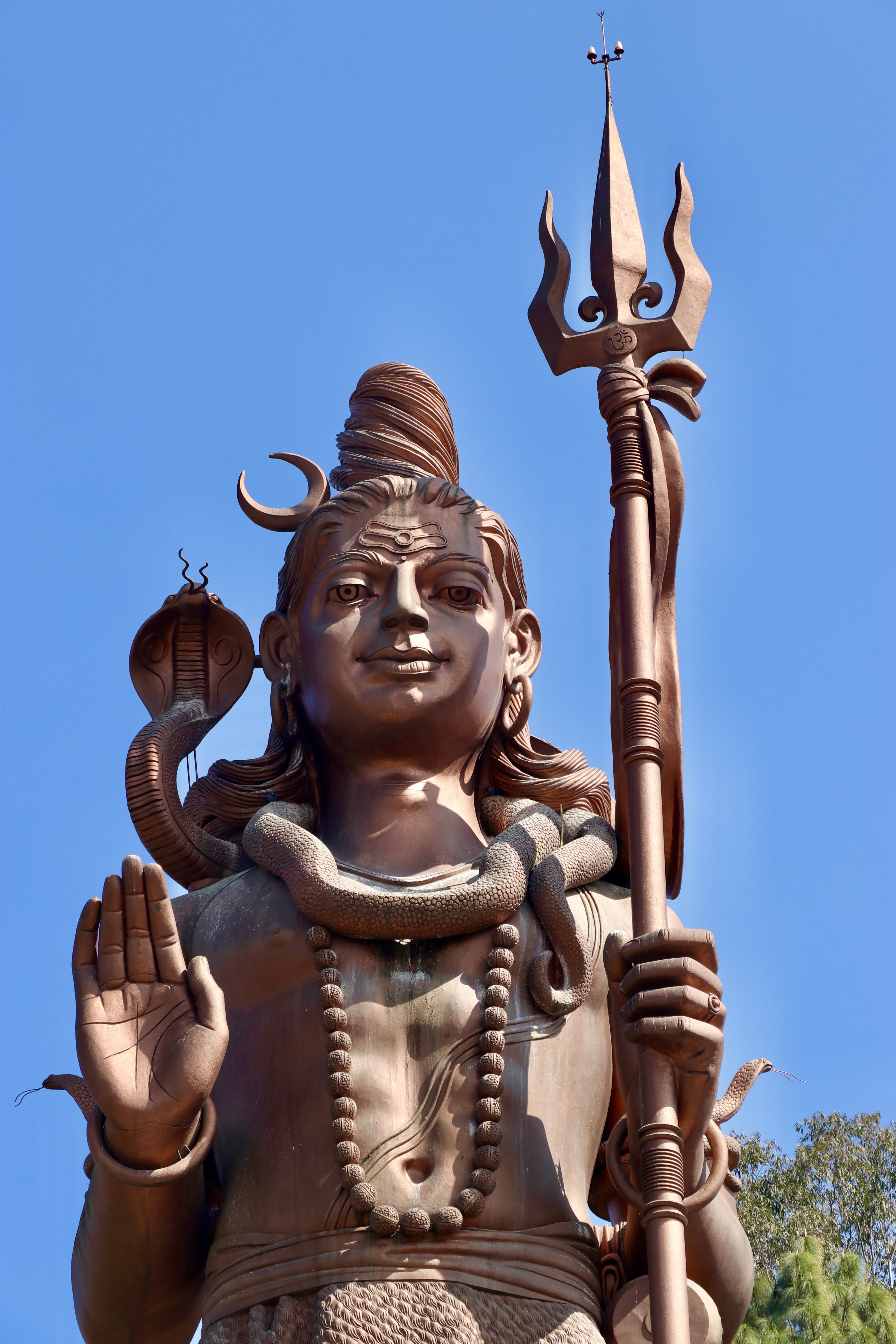
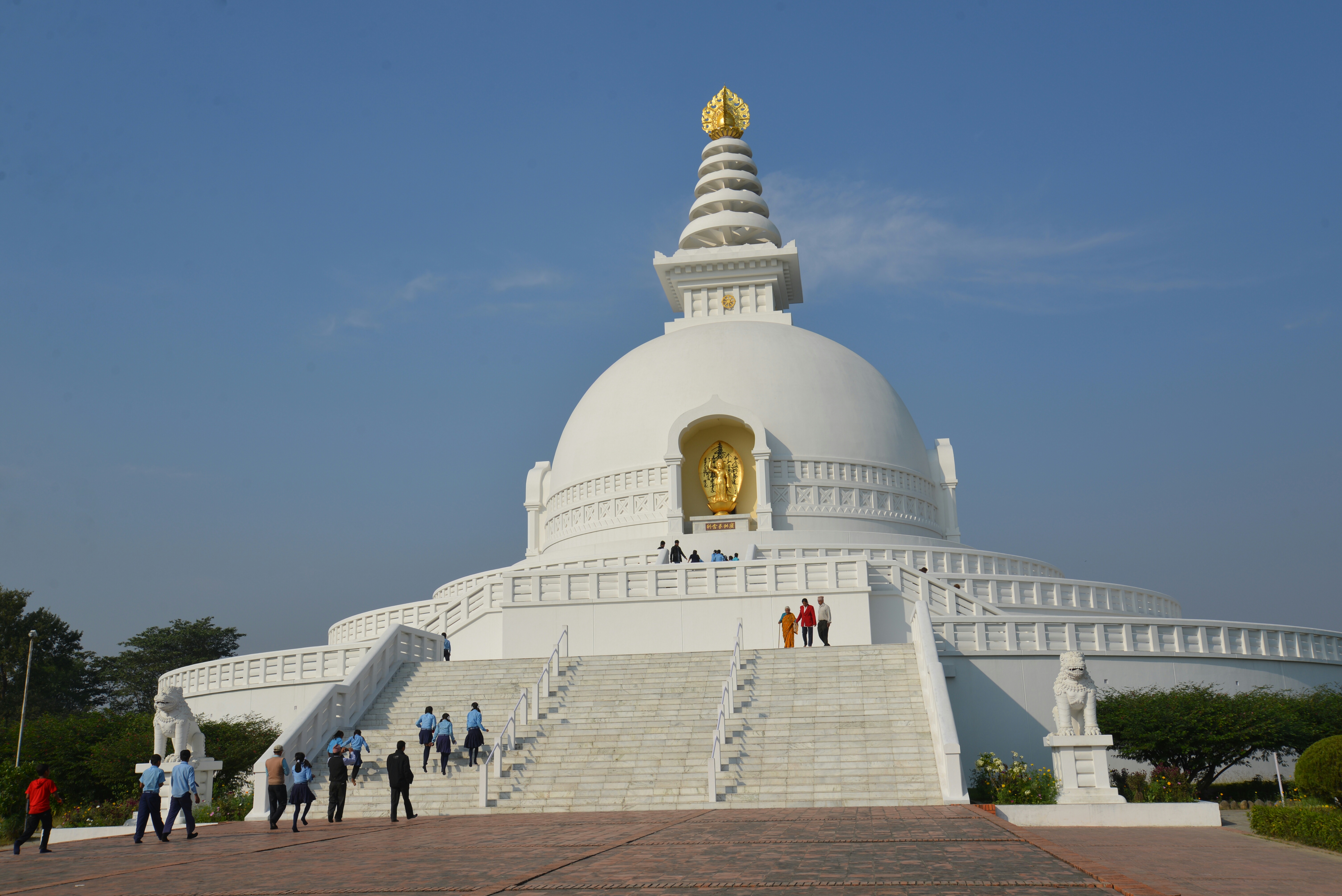
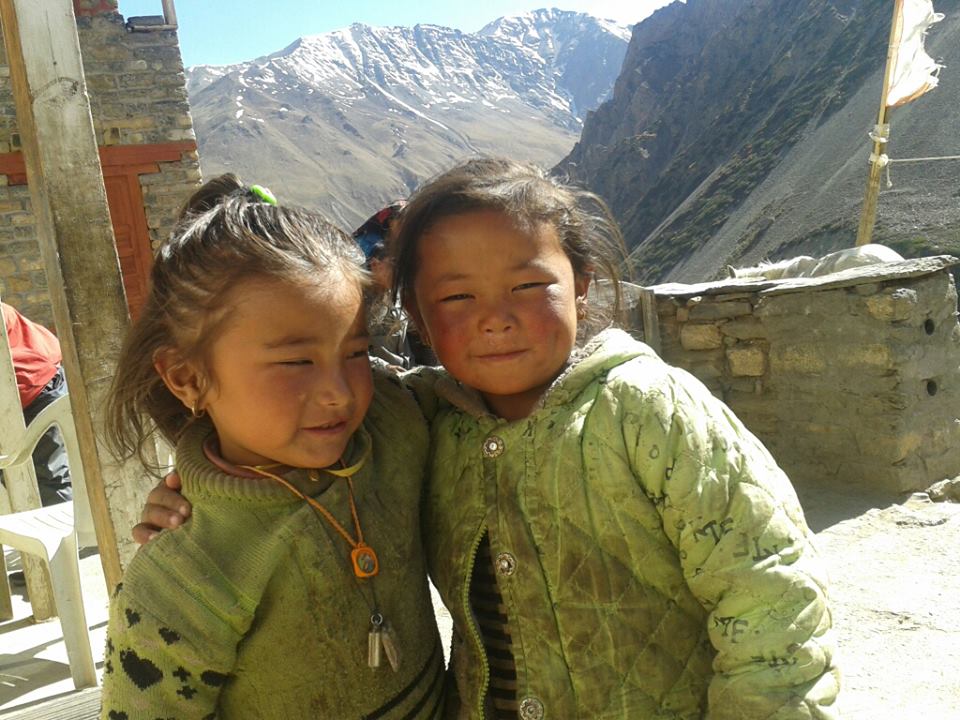
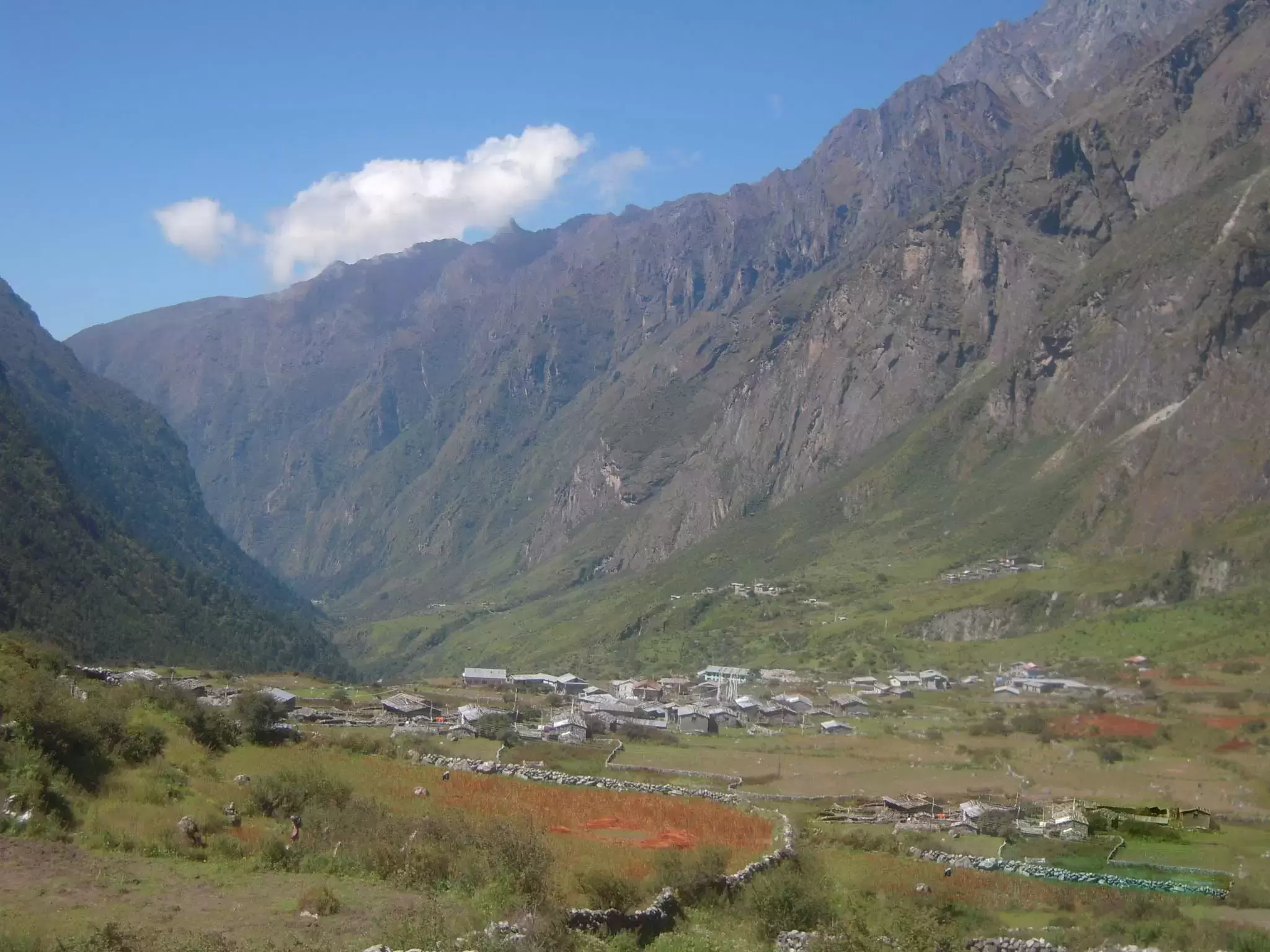
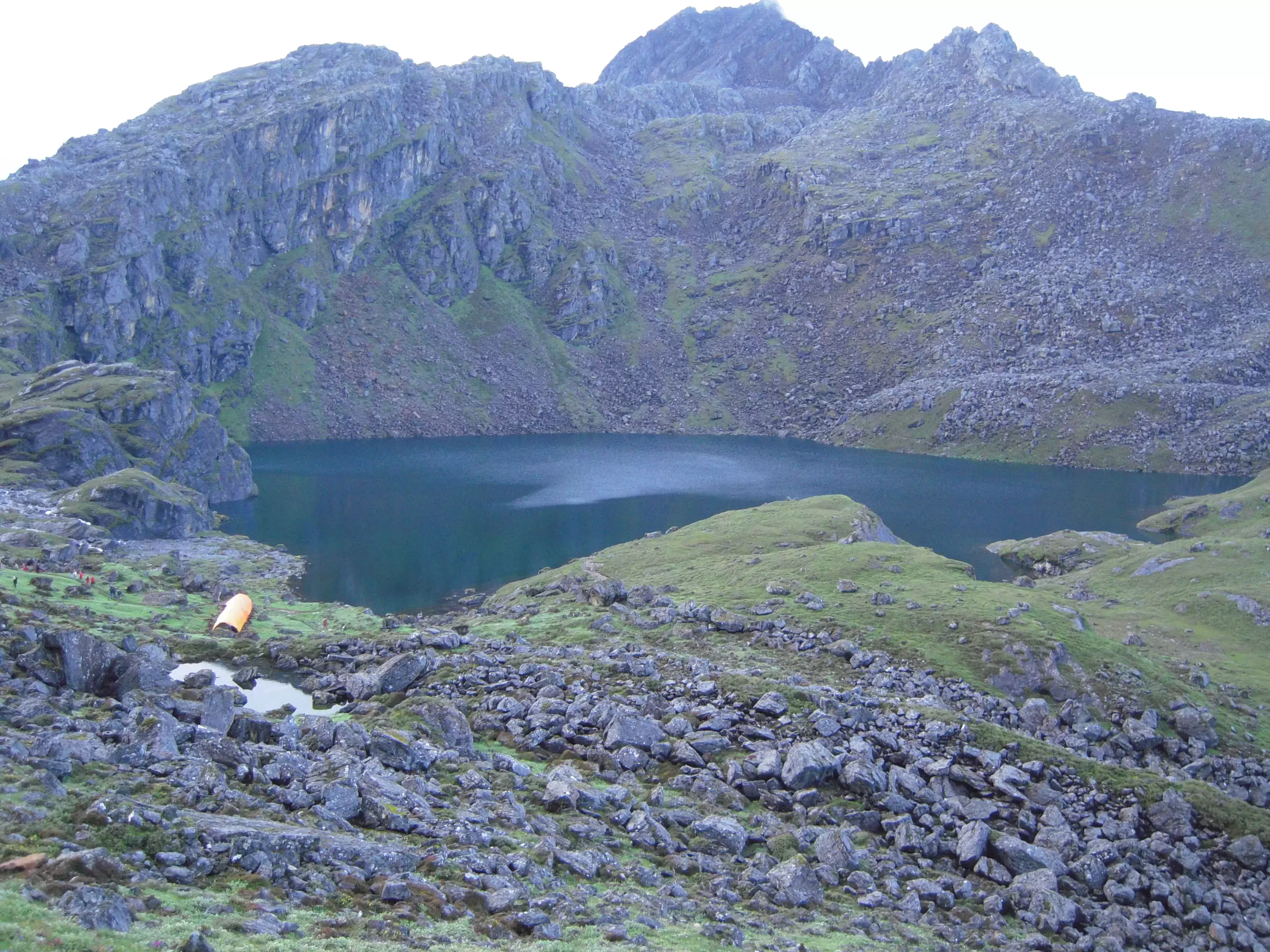
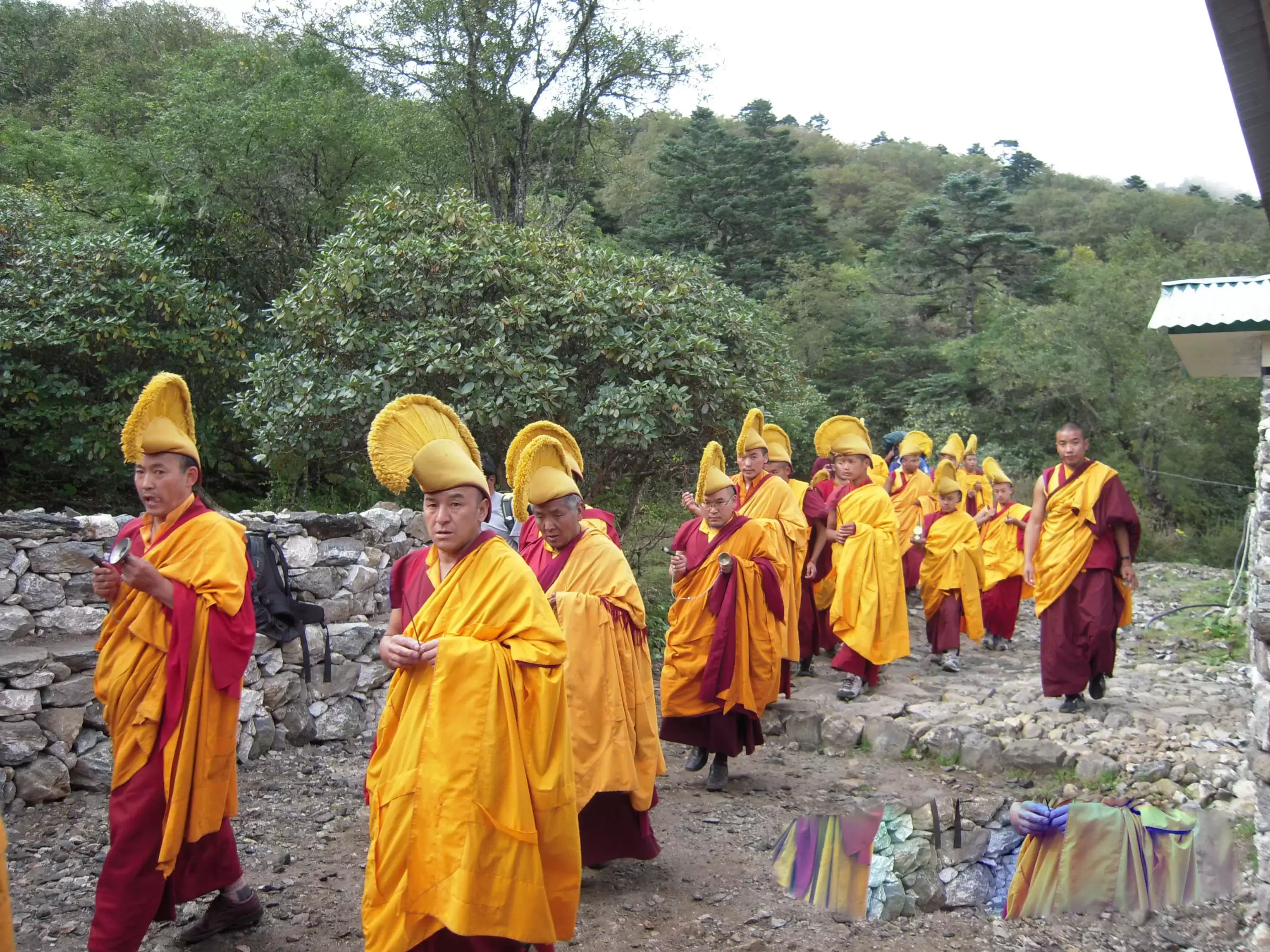
.jpg)
